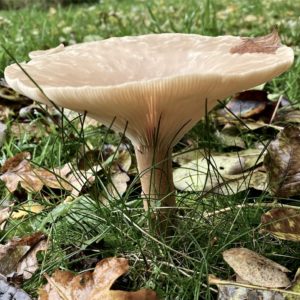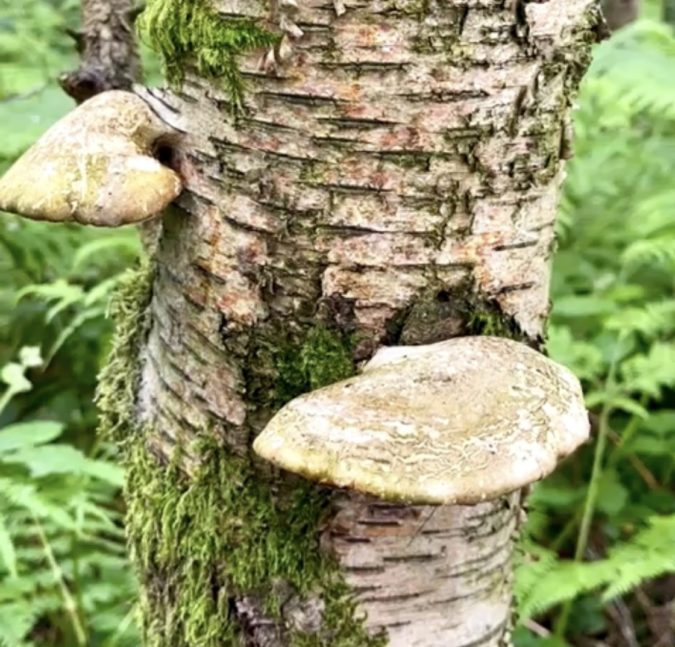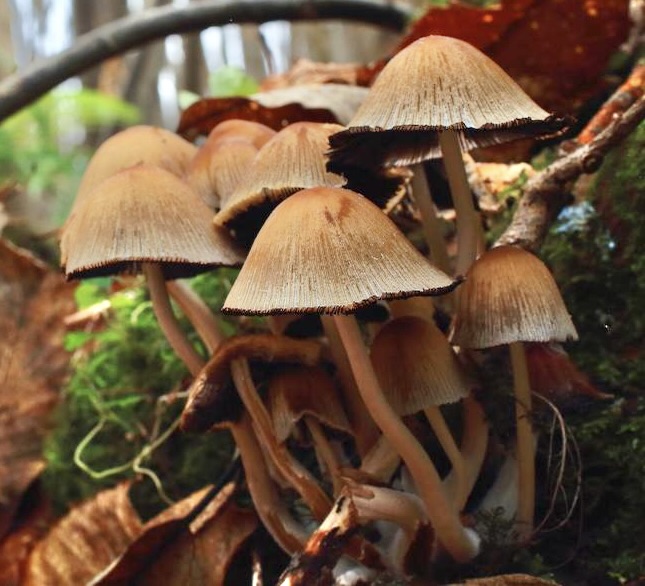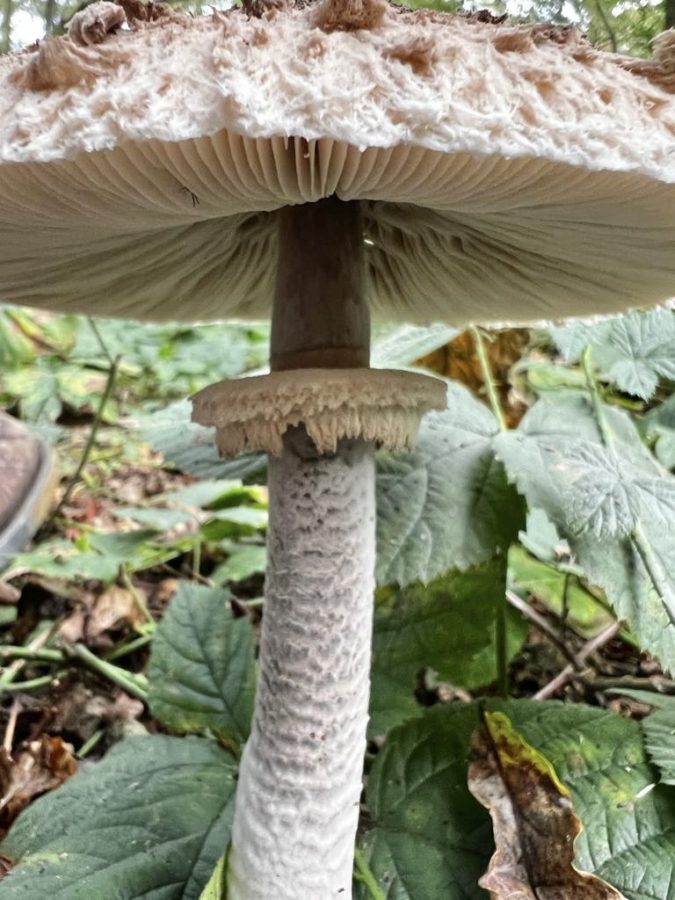The wood wide web, an underground network.

Most months, Jasper has introduced us to a new fungus or group of fungi that have made their appearance in woodlands, some on trees or branches or leaves, others simply emerging from the soil. Some fungi are parasitic or biotrophic requiring a living host organism on which they feed. Then there are those that live in and feed on dead and decaying matter in the soil; these are termed saprobic or saprophytic.
The structures that we normally see (particularly at this time of the year) are the fruiting or reproductive bodies of the fungus / fungi. The majority of a fungus exists as a network of microscopic ‘tubes’ that permeate either the host organism, or the soil / decaying matter in which the fungus has made its ‘home’. An individual tube is known as a hypha and collectively they form a complex network - the mycelium. The fungal mycelia present in the soil form a vast underground network.

Some of these fungi enter into beneficial associations with plants - mycorrhizal associations. The fungal hyphae wrap themselves around (and sometimes into) the roots of plants and trees, with whom they share minerals and nutrients. Generally speaking, the fungus helps to supply the plant with mineral nutrients (like nitrates / phosphates) and in return receives carbohydrate material from the plant’s photosynthetic capacity. These mycorrhizal systems form part of what has been termed the ‘wood wide web’. Dr. Suzanne Simard, a forest ecologist from the University of British Columbia, coined the term to describe the complex relationships between fungi and plants in woodland and forest ecosystems. It has been suggested that (millions of years ago) fungi helped plants transition from their aquatic home to life on land, with the fungal network serving as a ‘root system’.

Fungi (and bacteria) release enzymes (biological catalysts) and these help break down the complex compounds (like lignin, cellulose and starch) present in dead plants and animals. As a result of this decomposition, humus is formed. Humus is a colloid. A complex mixture of materials, some in solution, some in suspension. Humus binds the inorganic mineral particles of the soil together, is a store of nutrients and helps water retention.
The fungal network in the soil sequesters enormous amounts of carbon. The soil is one of the Earth’s main carbon ‘sinks’. If soil is over-worked or damaged by the intensive and extensive use of chemicals in farming, then it degrades and with it the rich microbial network. Damage to the soil and its complex microbial population can impact on the growth of plants - from the simplest green plants to the largest trees. Not only are soil fungi and bacteria involved in the cycling of carbon and nitrogen, but they help maintain the fertility and structure of the soil. Soil is the ultimate recycling system, we need to cherish the soil and its fungal and bacterial populations - it helps maintain the ecosystem services on which we all depend. Without healthy soils, we face a very bleak future.

Comments are closed for this post.
